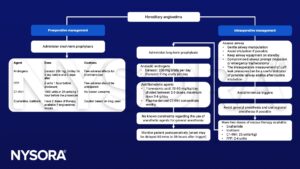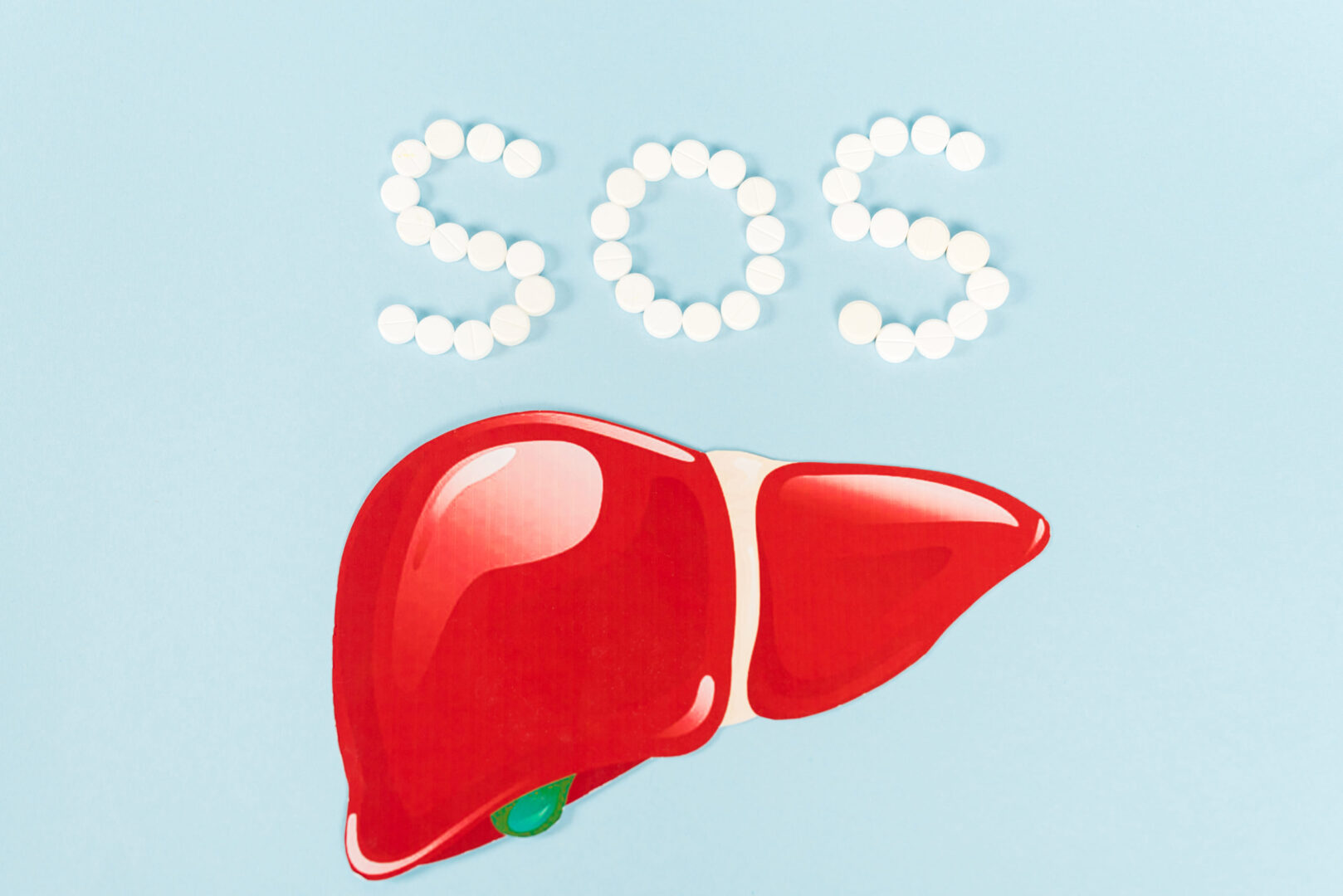Learning objectives
- Describe hereditary angioedema
- Anesthetic management of hereditary angioedema
Definition and mechanisms
Angioedema:
- Angioedema is painless swelling of subcutaneous or submucosal tissues in any part of the body due to increased vascular permeability
- Can cause symptoms secondary to a pressure effect on neighboring structures
- It can lead to life-threatening complications when occurring in the airway
- C1 esterase inhibitor deficiency can be hereditary or acquired, and these two entities are indistinguishable
Hereditary C1 esterase inhibitor deficiency (HAE):
- The prevalence of HAE is 1:50000
- Either due to:
- Impaired production of C1 esterase inhibitor (type 1, 85% of cases)
- Poor function of the protein (type 2, 15% of cases)
- C1 esterase inhibitor (C1-INH) prevents the autoactivation of C1, the first factor of the classical pathway in the complement system
- The lack of C1-INH leads to uncontrolled complement activation with the release of vasoactive and chemotactic peptides
- Thereby causing increased vascular permeability, vasodilatation, and contraction of the vascular smooth muscle
- And resulting in acute, localized, non-pitting, nonpruritic, non-erythematous, and demarcated angioedema
- Swelling typically lasts for 2–5 days before resolving spontaneously
- The first attack occurs often before the age of 15 and the condition lasts lifelong but symptoms tend to decrease with increasing age
- Attacks can be precipitated by a variety of triggers:
Symptoms
- Potential airway compromise
- Symptoms of acute bowel obstruction: vomiting, anorexia, and severe abdominal pain
- Swollen lips, eyelids, tongue, extremities, and genitals
Management

Suggested reading
- Williams AH, Craig TJ. Perioperative management for patients with hereditary angioedema. Allergy Rhinol (Providence). 2015;6(1):50-55.
- Hoyer C, Hill MR, Kaminski ER. 2012. An overview of differential diagnosis and clinical management. Continuing Education in Anaesthesia Critical Care & Pain. 1:6;307–311.
We would love to hear from you. If you should detect any errors, email us <a href=“mailto:customerservice@nysora.com”>customerservice@nysora.com</a>







